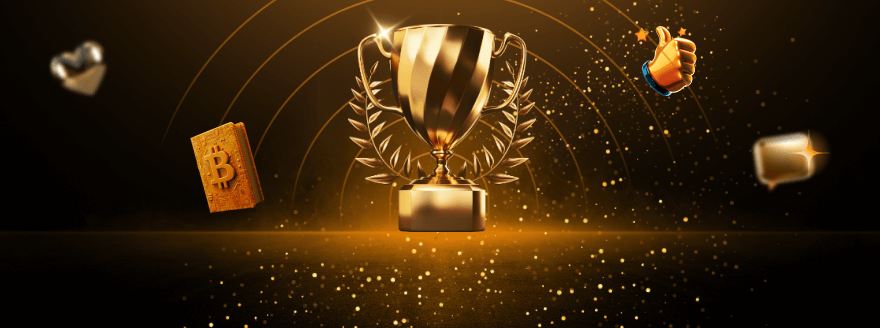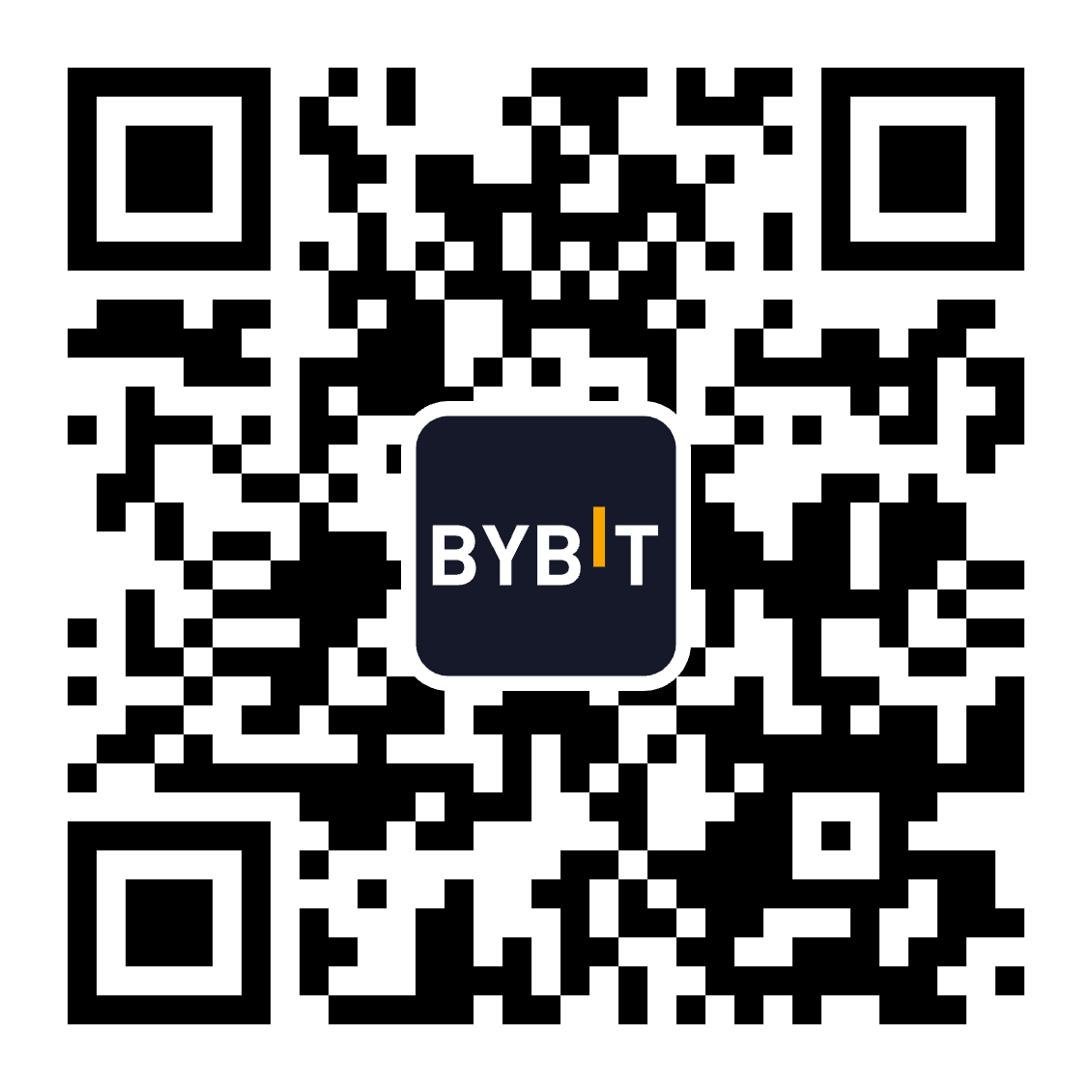Scroll: Advancing Ethereum's Reach With Zero-Knowledge Tech
Show More
Quickly grasp the article's content and gauge market sentiment in just 30 seconds!
Scroll is a Layer 2 network that prides itself on being made by and for Ethereum devs. It hopes to create an accessible and effective scaling solution for all people working on the Ethereum virtual machine (EVM). However, this challenging goal requires expert knowledge of blockchain technology, DeFi and web3 innovation.
Is Scroll actually as easy to use as it claims it is? Does it improve transaction throughput? This article explores the promises Scroll makes — and whether it delivers.
Key Takeaways:
Scroll is a Layer 2 Ethereum network that provides scaling solutions for projects built on the Ethereum virtual machine (EVM).
Scroll’s main mechanism is zkEVM, which combines zero-knowledge proofs with the EVM. This allows Scroll to quickly send Ethereum transaction confirmation without needing to store and transfer additional data about the rest of the transaction.
What Is Scroll?
Scroll is a Layer 2 Ethereum network that provides scaling solutions for projects built on the Ethereum virtual machine. It uses zero-knowledge technology to make development faster and more affordable without sacrificing security or reliability.
What Is zkEVM?
zkEVM is a term that refers to Scroll's main consensus mechanism. It combines zero-knowledge proofs with the Ethereum virtual machines so that Scroll can quickly send Ethereum transaction confirmation without needing to store and transfer additional data about the rest of the transaction.
What Does Scroll Aim to Achieve?
One of Ethereum’s major challenges is scalability. The blockchain works great for small projects, but if you get a lot of users on the system, transactions lag and Ethereum requires you to pay additional fees. This is a problem that Scroll's founders intend to fix. After witnessing the network congestion of 2020, Scroll founders Ye, Haichen and Sandy joined forces to create a Layer 2 network that would provide lower costs and improve transaction throughput for people designing projects to run on Ethereum.
In addition to providing basic scalability, Scroll also strives to provide convenience and ensure they offer the same security guarantees as the main chain. Many other existing solutions for scalability are either difficult to use, or require users to sacrifice security. Ultimately, Scroll’s developers ended up incorporating cryptography, zero-knowledge rollups and web3 research to solve these issues.
How Does Scroll Work?
Scroll's main underlying mechanism is the zero-knowledge proof, a mathematical and coding concept for confirming off-chain that a statement is true without providing details about it. For example, a blockchain using zero-knowledge proof to show a user has paid for a subscription would just send proof verification without adding documentation about the subscriber's account ID, how much they paid and to whom they sent the money. This saves time, reduces the need for data storage and improves user privacy.
In addition to fraud proofs, here are some other key components Scroll uses for scaling Ethereum.
Scroll Node
Scroll nodes are the computer systems that handle the architecture of the entire blockchain. Every new piece of information on Scroll is run through the sequencer module to form a block that’s then added to the chain. Scroll nodes also contain a coordinator module to transfer blocks to the roller pool for proof generation, and a relayer module to relay information back and forth from Scroll to Ethereum.
Roller Network
The rollers help to generate proofs that confirm the validity of Scroll transactions. These systems use computer accelerators such as GPUs and ASICs to manage proof generation based on zero-knowledge mathematics. Proof aggregation is then used to combine all the zero-knowledge proofs into a single block of batched transactions. At this point, the transaction data on Scroll has been generated into a ZK-rollup.
Rollup and Bridge Contracts
The final mechanism needed to handle Scroll's ZK-rollups is a set of ZK-rollup and bridge smart contracts. These help to take the ZK-rollups from Scroll and put them on the main chain. They ensure that batched transactions are still properly connected to their transaction data, no matter where they go, and they help send proof verification to the right entities. The various smart contracts help to handle the transfer from Scroll to Ethereum or vice versa, and to send messages back and forth on the chain.
Features of Scroll
Ethereum developers who work with Scroll can access a variety of helpful features.
Sepolia Testnet
Scroll’s testnet, Sepolia, lets developers experiment with building new programs off-chain. It offers both an Ethereum-like layer and a Scroll-like layer. Developers can experiment with rollups and design a variety of exciting decentralized applications and other projects.
Faucet
The Scroll faucet is part of its developer-focused system. People looking to experiment without actually using real money can develop projects on the Sepolia network. The faucet token transfer provides completely free, infinite Sepolia tokens to developers. This makes it easy to run experiments and see how a project will react once users are executing tasks such as completing a token transfer or making a payment.
Bridge
Scroll’s Bridge app enables seamless transitions between Scroll, Ethereum and the Sepolia testnet. Developers working on projects can open Bridge to manage deposits and withdrawals between the different layers. Bridge provides a full list of all fees before each move, and allows people to connect their wallets to quickly pay fees.
Scrollscan
Scrollscan is a blockchain explorer that lets people view transactions, tokens, addresses and crypto prices. There are multiple ways to filter and sort transactions, so it’s easy to research data. In addition to promoting openness and transparency, Scrollscan also makes it easy for developers on Scroll to work. People can check on the progress of their transactions and view compressed transaction data.
Scroll vs. Other Layer 2 Blockchains
The main difference between Scroll and other existing scalability solutions is that it employs zero-knowledge proofs and zero-knowledge rollups. The zero-knowledge fraud proofs use cryptographic technology to confirm every single transaction is valid. After the ZK-rollups generate proofs, they bundle together multiple proofs into a single, small block of compressed transaction data. Compared to most other Layer 2 networks, Scroll does a great job of providing unlimited scalability and security.
Scroll also stands out due to its focus on development and EVM compatibility. It's made specifically to help people who plan on designing projects on Ethereum. The simple interface and broad range of features make it extremely popular with Ethereum developers, and compared to other Layer 2 blockchains, there are fewer chances of incompatible features causing issues when a project is launched on the Ethereum Mainnet.
The Bottom Line
Unlimited scalability, excellent security and unparalleled convenience make Scroll a favorite Layer 2 blockchain. Its ZK-rollup services allow Scroll to reduce costs and improve speed while still maintaining the same security guarantees of Ethereum itself. Anyone looking for innovative ways to scale Ethereum will definitely want to explore Scroll's features.
#Bybit #TheCryptoArk
Grab Up to 5,000 USDT in Rewards
Get additional 50 USDT welcome gift instantly when you sign up today.


